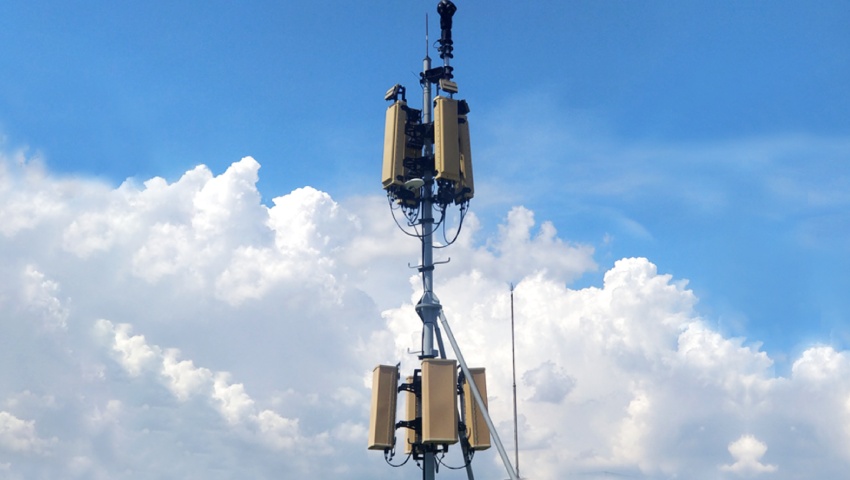The ASX-listed company has been tapped to deliver its counter-UAS platforms to a Five Eyes nation.
DroneShield has announced its receipt of an order valued at approximately $600,000 from an undisclosed Five Eyes nation, which has requested a variant of the DroneSentry offering — an autonomous fixed C-UxS system that integrates DroneShield’s suite of sensors and countermeasures into a unified responsive platform.
An initial trial order has been placed to determine suitability for end user requirements in anticipation of a larger order.
DroneShield will work alongside the Five Eyes nation to deliver any refinements to the software.
Oleg Vornik, DroneShield CEO, welcomed the opportunity to deliver continual improvements to the country’s counter-UAS capability.
“[There] is a significant potential for large follow-up systems to this customer, both this system configuration and cross-selling of our other products,” he commented.
Vornik said the deal validates the company’s AI-enabled signals intelligence (SIGINT) DroneSentry platform, which leverages AI across multi-spectrum, including radiofrequency and computer vision to deliver threat awareness and dominance.
The technology is designed to support the processing of large volumes of data from multiple domains.
“Importantly, the computer vision element also incorporates machine learning models in the Long-Wave Infrared spectrum (LWIR) – this is in addition to more conventional electro-optical and night-vision sensors,” Vornik added.
According to the CEO, DroneShield has accumulated a substantial number of complex datasets across various domains throughout the development period, helping to optimise algorithms, proprietary techniques for smart marking of the data, and techniques to maximise the efficiency of available data, including via creation of synthetic datasets.
“This, together with enriching our Defence customers’ own proprietary data and analytics via DroneShield’s modern, robust APIs, enables DroneShield to continue its lead in the artificial intelligence protocol development,” Vornik said.
The DroneSentry system’s hardware is expected to reduce the time lag and dependency on central systems, while its proprietary Field Programmable Gate Array (FPGA) techniques are tipped to reduce size and deliver superior efficiency to conventional computing chips.
[Related: DroneShield receives new counter-UAS order]









